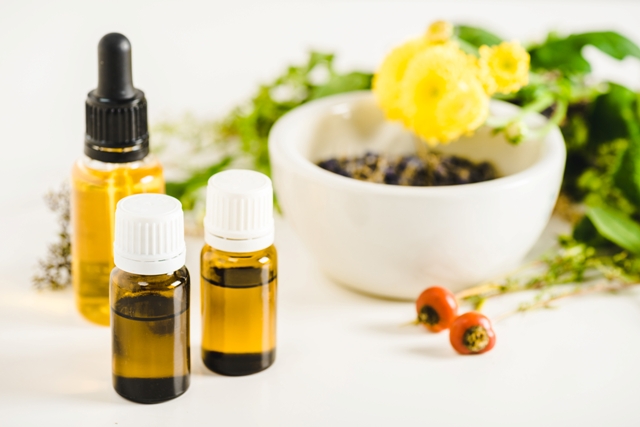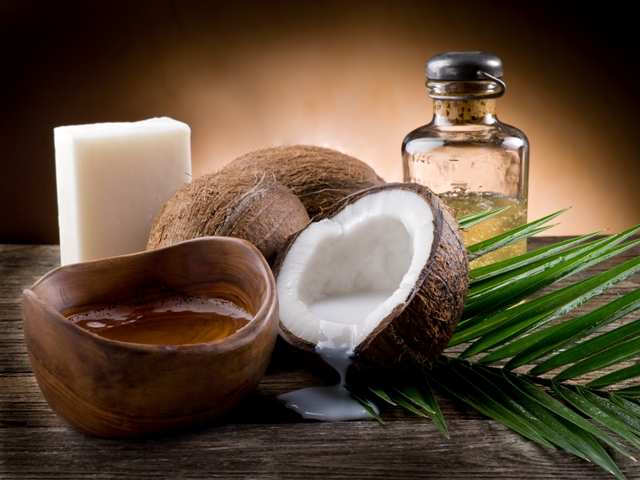The Beauty of Natural Oils
Natural oils are one of nature’s finest treasures! There are varying benefits as there are oils – From hair growth to preventing acne, to improving the skin’s barrier function, anti-aging, moisturization, etc. the trend of using cosmetics that are closer to nature seems here for the long haul! For the cosmetic formulation, including natural oils or basing your brand on natural oils means that consumers are more likely to trust (and therefore purchase) your product over one that isn’t based on natural oils. But it is not enough to advertise the fact that you’re using natural oils in your brand, your formulations must remain bioactive if the user is to benefit from the oils. Bioactive formulations simply means that your production process doesn’t harm or change the natural activity of your natural ingredients. More so that they remain potent for as long as possible. It doesn’t mean that they are alive (in the case of plant oils) but their activity is not destroyed in the process of formulating. A deeper understanding of the biological nature of plant oils will educate the formulator in making better choices when planning production.
The Strengths and Weaknesses
Like all life on earth, plant life possesses strengths and weaknesses. The essence of natural oils is their fatty acid content. That’s where most of the goodness comes from. As well as other components like vitamins, phytosterols, minerals, and nutrients, etc.
Tackling the Shelf Life Predicament
Fatty acids can be divided into saturated and unsaturated fatty acids. Saturated fatty acids have a longer shelf life. Unsaturated fatty acids generally have a shorter shelf life (with certain oils being as short as 3 months, like hemp seed oil) but they are by far the most preferred oils in skincare for their smoothness and quick absorbency. Some oils high in saturated fatty acids are Hemp seed oil, Sesame seed oil, and Grapeseed oil. These would can be really enjoyed if you’re into DIY skincare. Branded cosmetics with such oils usually have them in much smaller quantities. However, a product that advertises a shorter shelf life will probably have that in a higher quantity. Vary the concentration of the oils you have – combining oils that last longer with oils of shorter shelf life can help extend the shelf life of your formulation.
Avoiding Heat Damage
Plant oils are heat sensitive, some more than others. A little more time than necessary on the hot plate can take away months from your oils! If you know the iodine number of oils, you may be able to tell which oils are more heat sensitive and which are not. The iodine value is defined as the weight of iodine absorbed by 100g if the sample oil when iodine is added to it. Generally, the lower the iodine number, the lower the heat sensitivity. If you are planning on doing any heating, use oils that are less sensitive to heat. Example, Castor oil Coconut oil, and Avocado oil – refined. Oils very sensitive to heat are Borage, Flaxseed oil, and Evening Primrose oil. The oils to best suited for heating have an iodine value less than 100.
Delaying Lipid Oxidation
Anyone with formulating experience knows at least a little about the dreaded oxidation. Oils are prone to oxidation – Oxidation is the reaction that causes oils to go rancid – they smell bad and can make your formulations change color. Oxidation is inevitable with plant oils. But you can delay it as much as possible. Add rosemary Co2 extract (a strong natural extract that helps fight oxidation very well). A bit of it does a long way to help extend the shelf life of your oils.
100% Organic/Natural Claim
It is easier to make this claim if you are using natural oils of that quality alone without any additional synthetic. (make sure you have supporting documentation). Purchasing from a consistent supplier is important here. While there may be nothing wrong with adding synthetics or partially natural cosmetic raw materials, if they are proven safe, it is evident that brands with such a high claim do enjoy the benefits of that claim.
If you’re interested in making premium, oil-based skincare and haircare products, for your self or to launch your own brand, Check out our Certificate course on Anhydrous Formulations.
You can download our handy Iodine Value Chart for common natural oils.
REFERENCES
[1] Thomas, Alfred (2002). “Fats and Fatty Oils”. Ullmann’s Encyclopedia of Industrial Chemistry. Weinheim: Wiley-VCH. doi:10.1002/14356007.a10_173.


